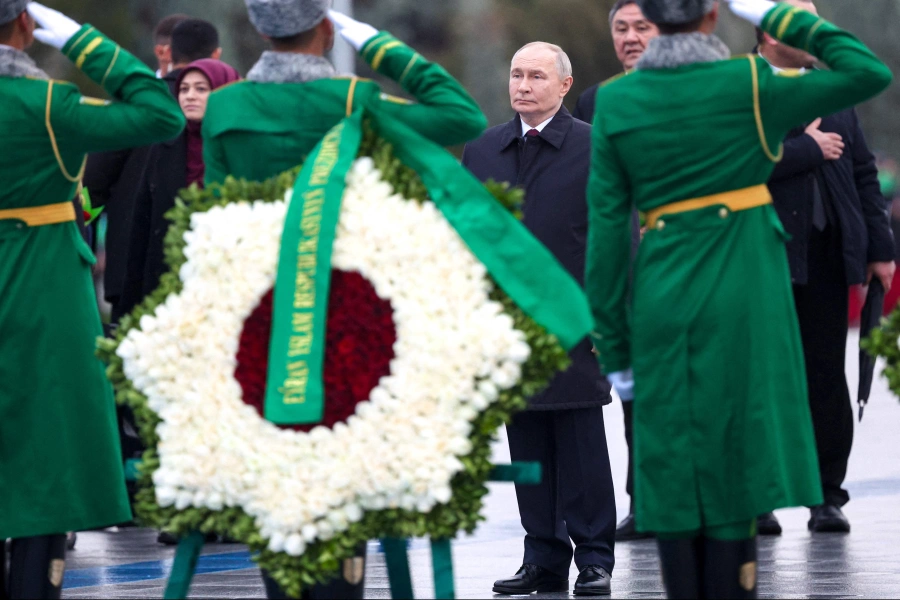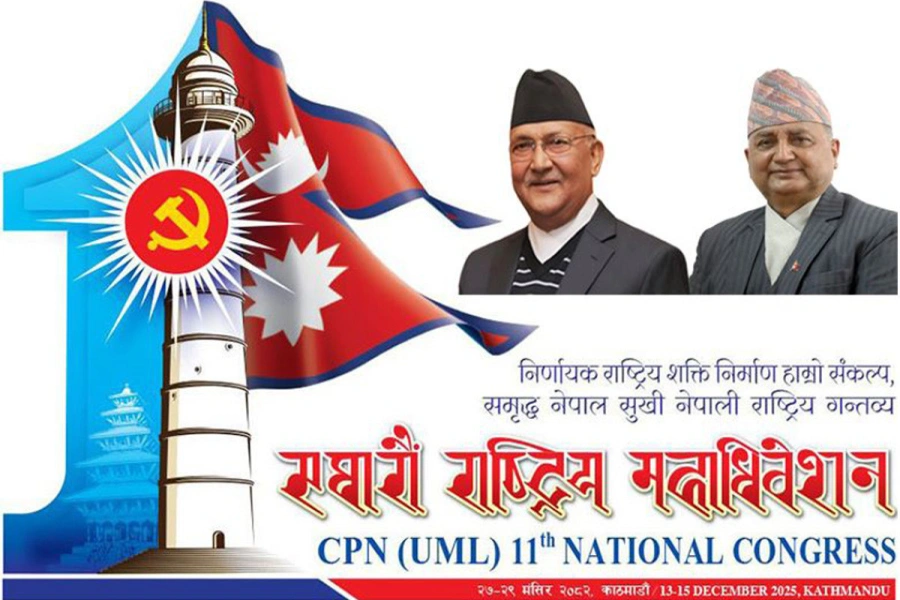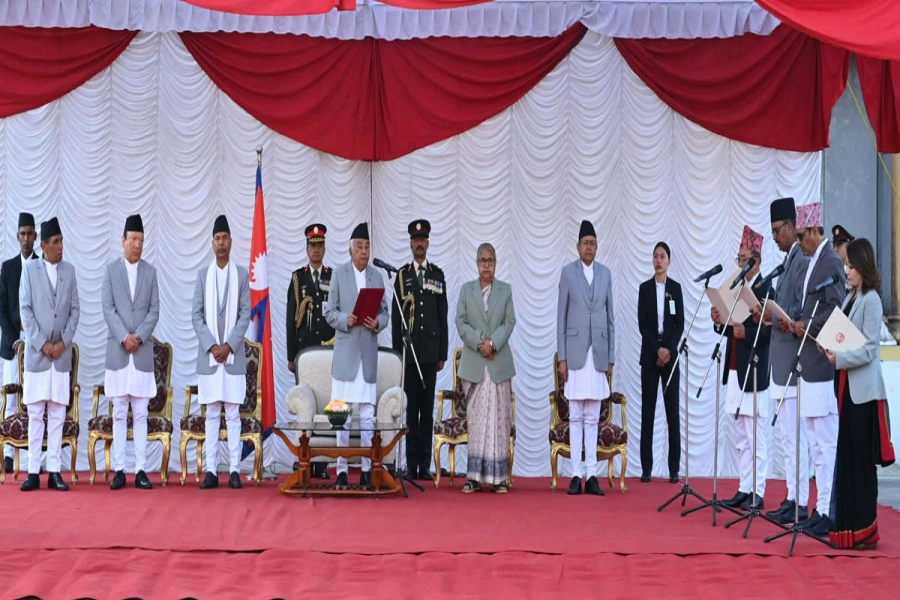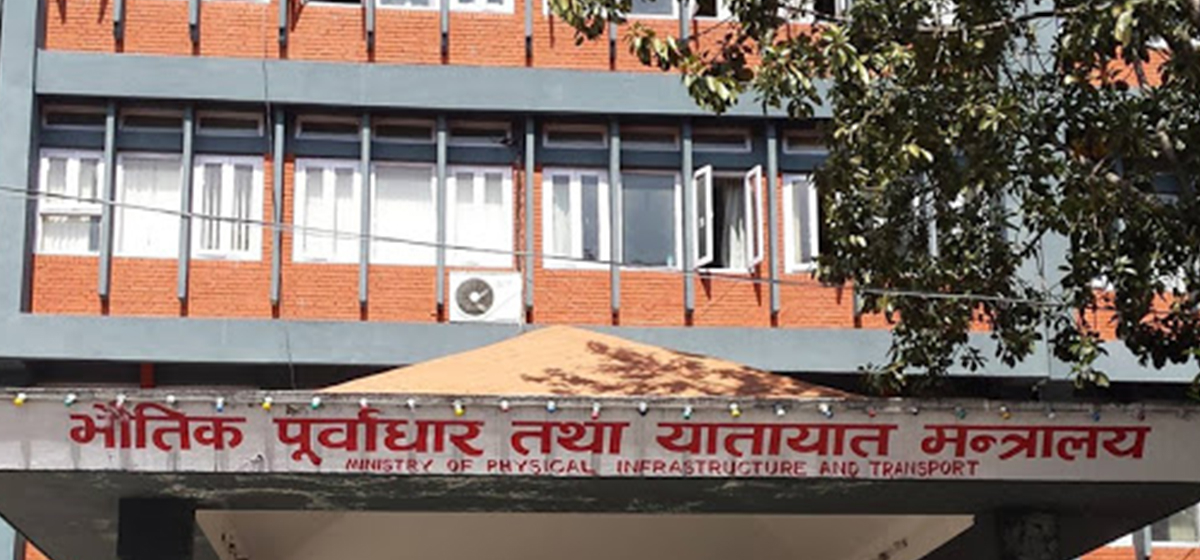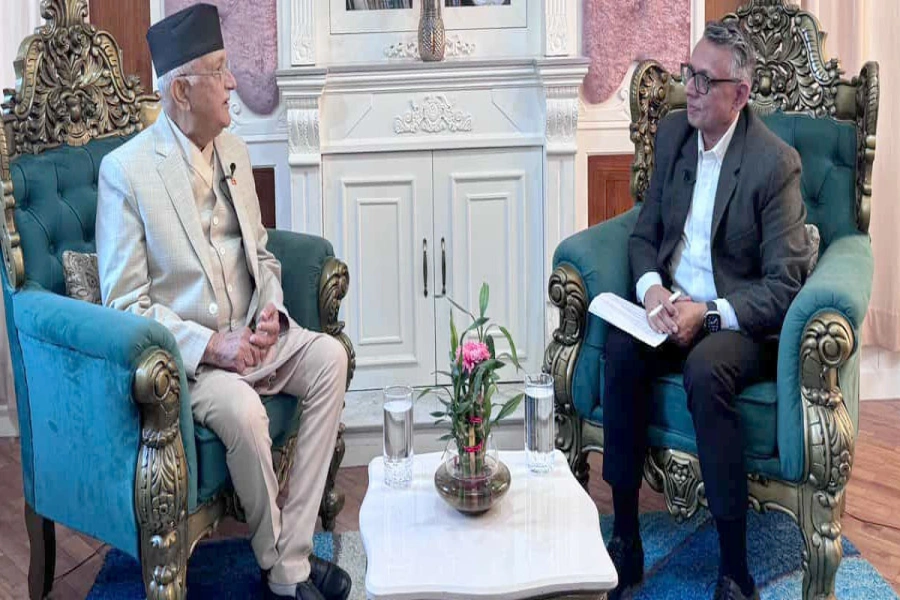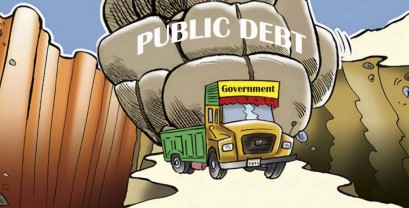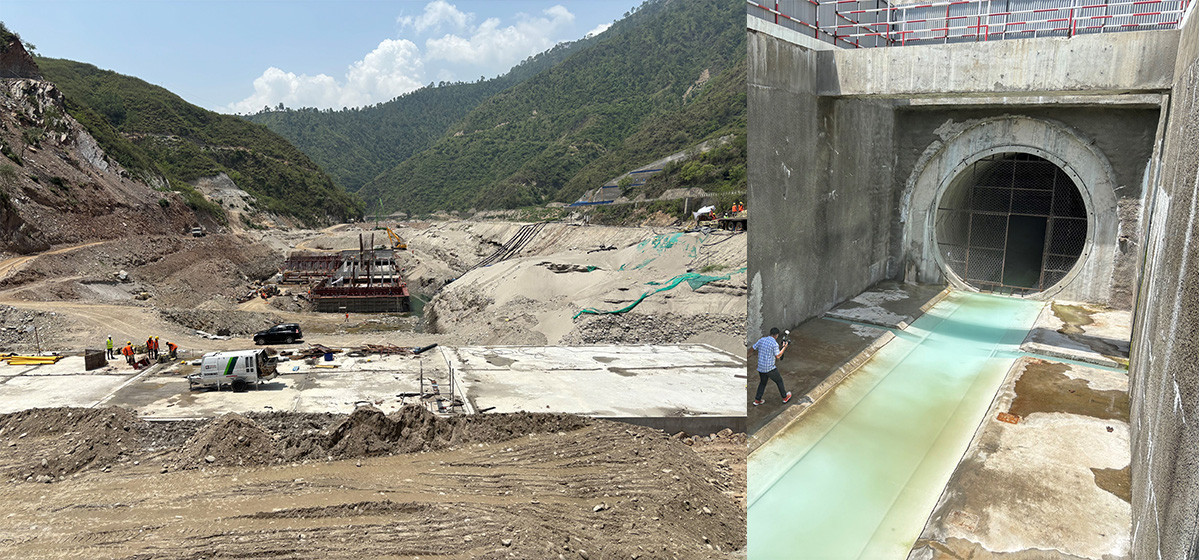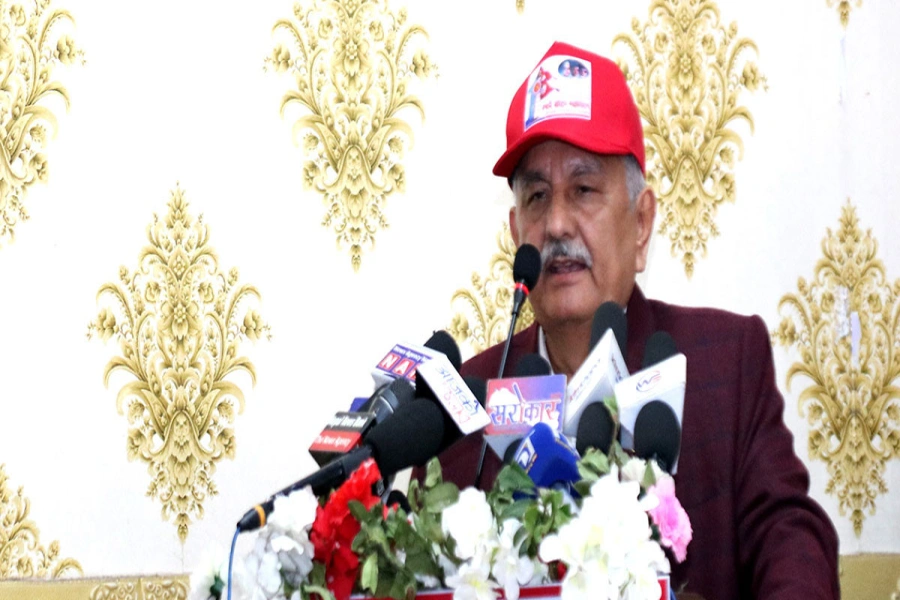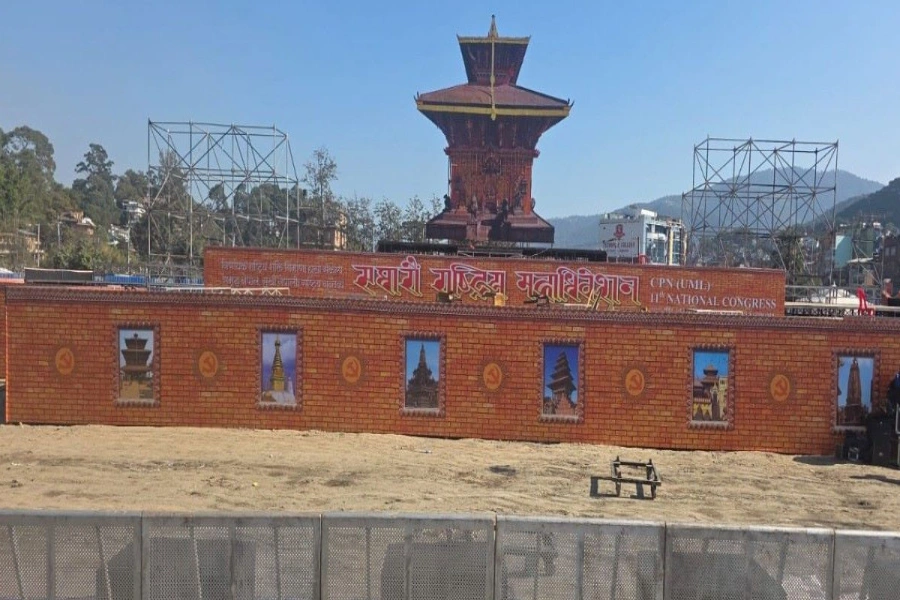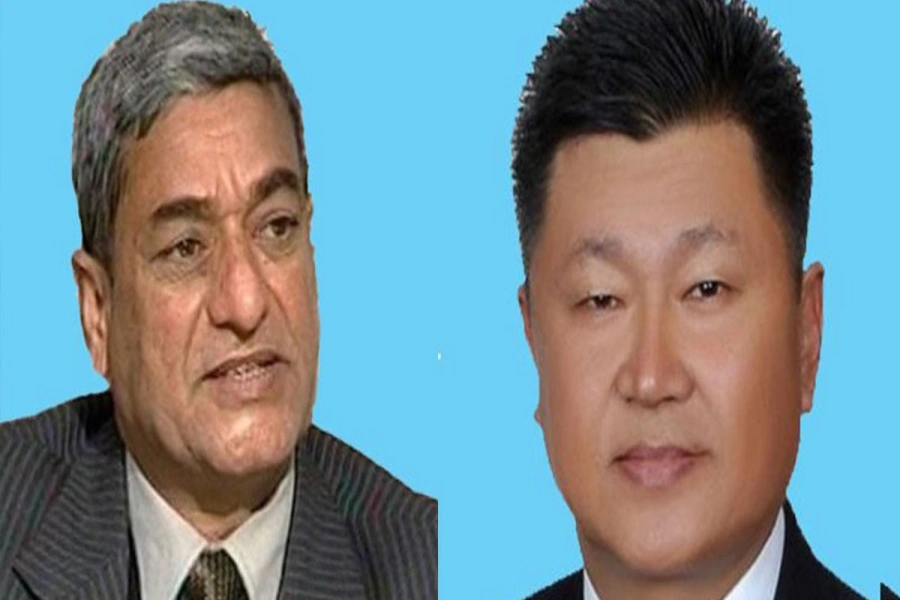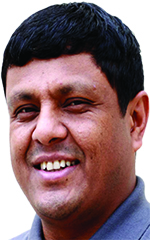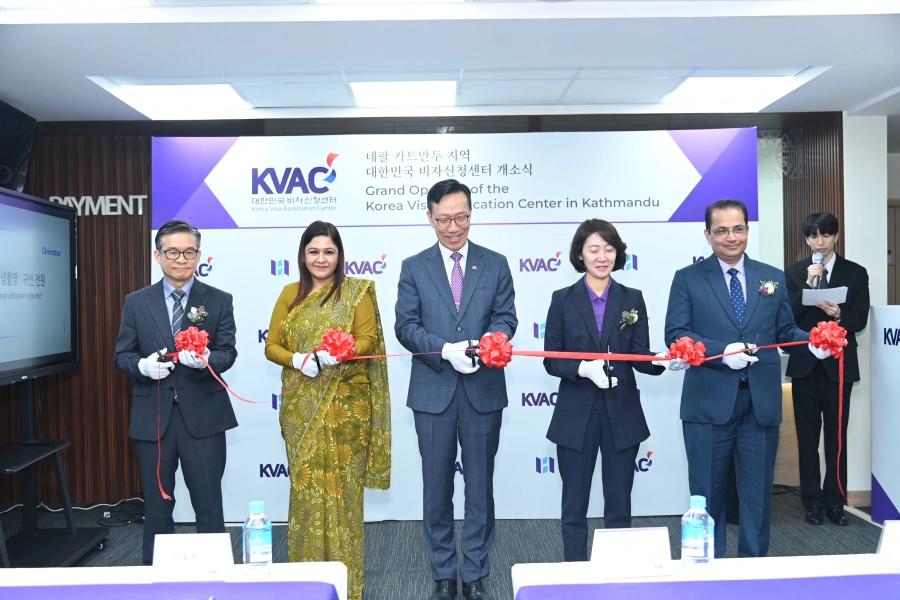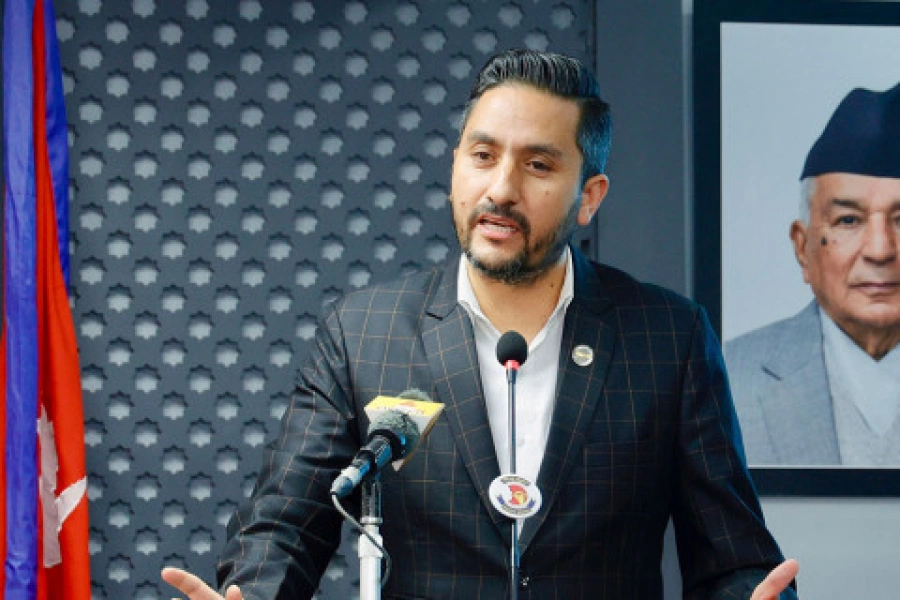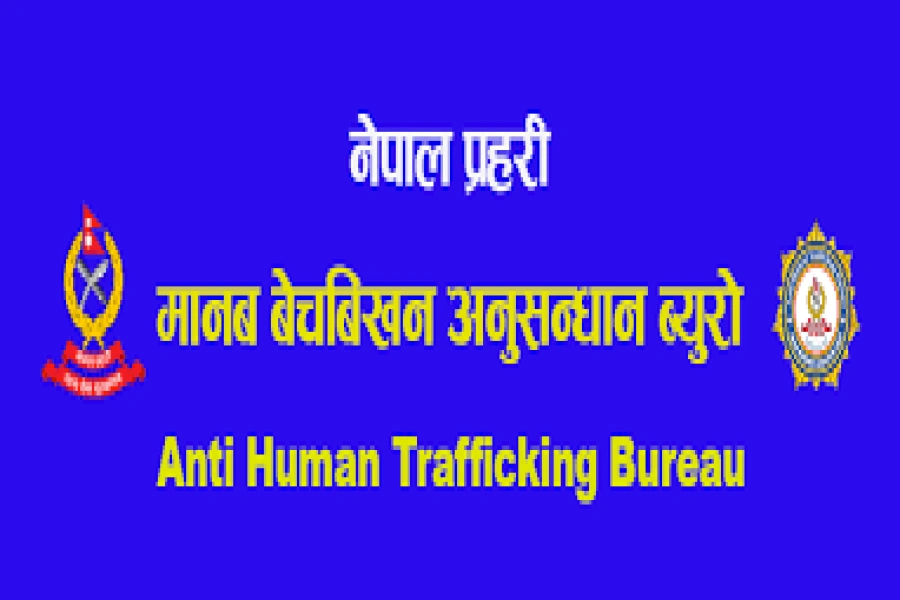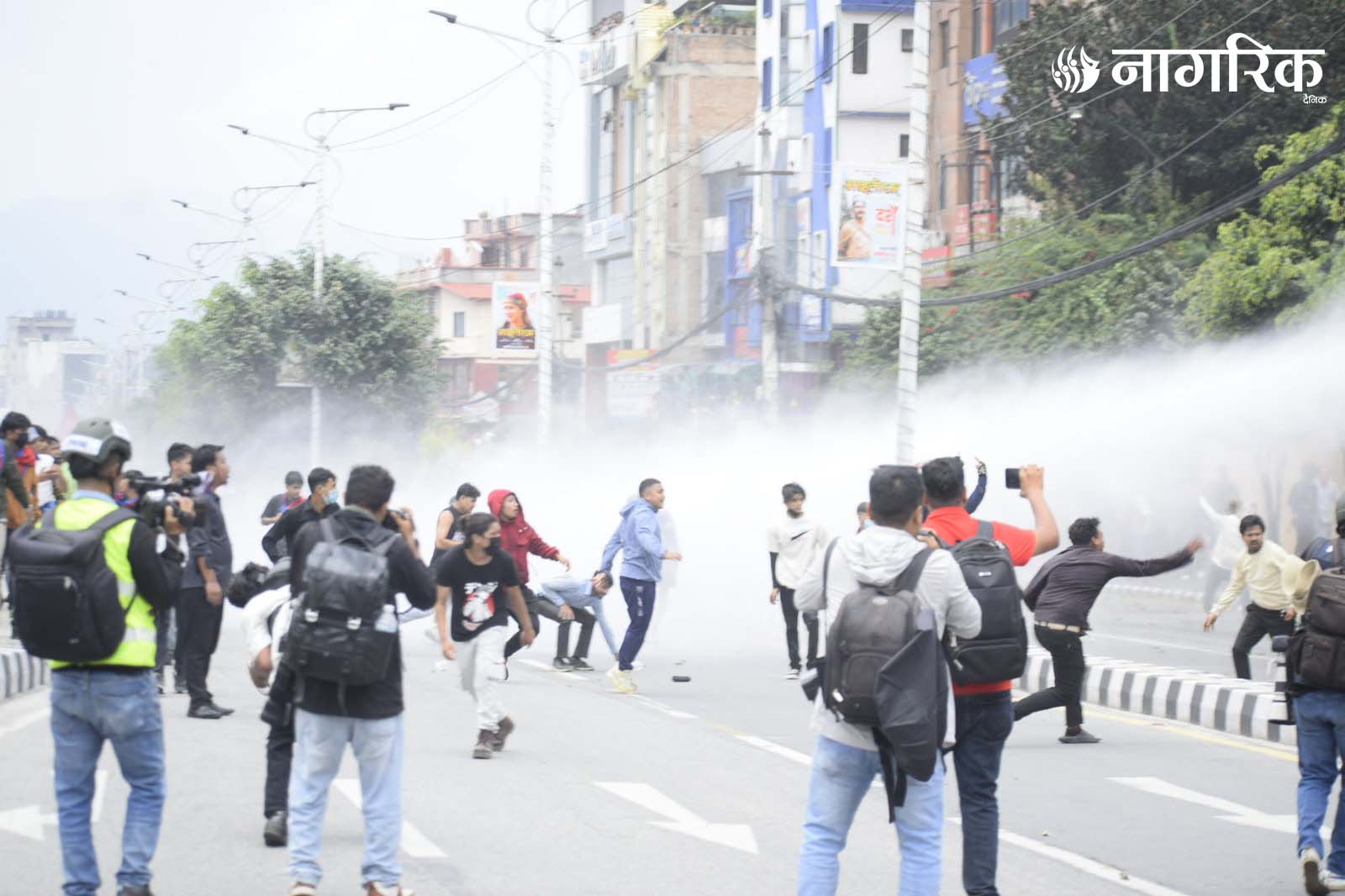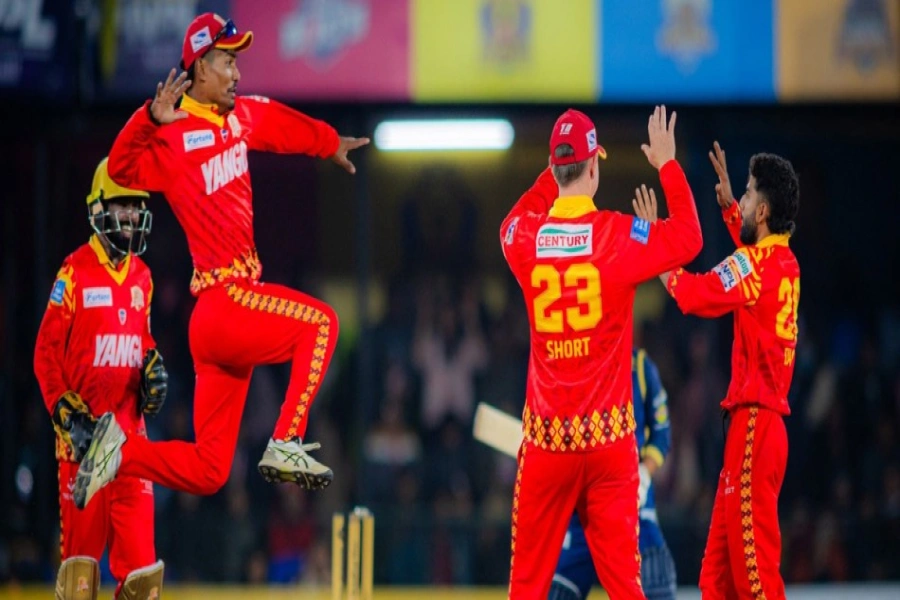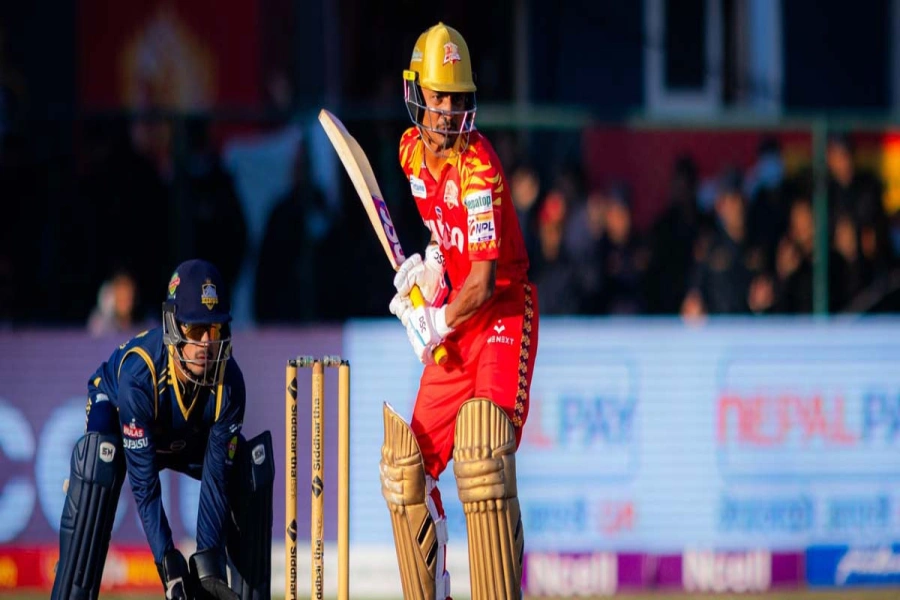Ultimately, Nepali Congress, CPN-UML and UCPN (Maoist) agreed on a seven-province federal model. This model has been accepted by the Constitutional Political Dialogue and Consensus Committee and is now on the Constituent Assembly floor for discussions. The new constitution, if approved, would be the sixth in last 65 years. Nepal currently operates under the Interim Constitution, which in 2007 replaced the 1990 constitution that institutionalized constitutional monarchy and multi-party democracy. Since Congress, CPN-UML and UCPN (Maoist) represent over two-thirds seats in the Constituent Assembly, there may not be any technical problem in promulgating the constitution.But much before the promulgation of the constitution, disputes have surfaced in various parts of the country on carving of federal states, form of government, secularism, citizenship, judiciary and electoral system. Of all these issues, the one related to delineation of provincial borders has proved to be the most controversial. The Madheshis and Janajatis who form nearly 70 percent of Nepal's population feel cheated in the seven-state model offered by the draft constitution.
While carving the boundaries of seven states, the criteria of identity and economic viability, as set by the first CA's committee on state restructuring, have been overlooked. All the past agreements between government and relevant stakeholders, including the one with the Madheshi leaders in 2008 for formation of a single autonomous Madhesh Pradesh with right to self-determination, were ignored. So much so that even the Supreme Court verdict and the gentle advice given to major political parties by the President of Nepal to incorporate aspirations of every section of the society were put in deep freeze. To make matters worse, even the feedback on the preliminary draft was ignored.
The need for a federal structure was felt because under the unitary system the country was captive in the hands of certain hill-based elite groups. Even the political change in 1951, 1960, 1990 and 2008 could not break traditional hold of elite groups in power. Besides, Nepal with per capita income of US $700 continues to be among the least developed countries in the world. Even in our neighborhood, India's per capita income is close to US$ 2,000; while China's per capita income is US$ 6,000. In order to break the status-quo, Tarai Congress in 1950s advocated a federal structure, which was later also the demand of Nepal Sadbhavana Party in 1990s and the CPN (Maoist) and other political parties thereafter.
In 2007, the Madheshi people launched massive movement in the Tarai against state discrimination. The violent movement stopped only when the government signed an agreement for establishment of a single autonomous province in Tarai with right to self-determination. But people's hopes in the draft constitution were belied. Except eight districts between Saptari and Parsa, all other 14 districts in Madhesh were carved with hill districts, with the intention of converting Madheshis into minority and suppressing their voice.
So the United Democratic Madhesi Front and Tharuhat Joint Struggle Committee were compelled to call for indefinite Tarai bandh. Consequently, life in the region has been paralyzed for nearly two weeks as all the transportation services, educational institutions and industries are closed. In the meantime, Prabhu Sah, member of Constitution Draft Committee, resigned because of anomalies in constitution making process. All four members of Nepal Sadbhavana Party resigned from Constituent Assembly to oppose the constitution.
CPN (Maoist), Nepal Federation of Indigenous Nationalities and different ethnic groups have also been protesting against new constitution, in Kathmandu and other parts of the country. The Federal Limbuwan Party Nepal launched protests in Ilam, Panchthar, Taplejung, Tehrathum, Jhapa, Sunsari, Dhankuta and Sankhuwasabha.
Latest incidents show that the situation is getting out of government control as law and order is deteriorating fast in Tarai region. A number of protesters have been killed, injured and or have been arrested in this region. Most Tarai district headquarters are under curfew. Despite all those high-handed measures, the movement against the cancellation of draft constitution is not abating. In Tikapur in West Tarai, the ethnic Tharu protesters at a rally killed at least seven police officers with spears and axes. Unconfirmed sources, however, claim that the casualties at the spot were much more. In order to restore normalcy, the government has ordered the district administration to deploy army to control the situation.
The draft constitution invited much wrath not only because it was prepared by three or four visionless political leaders, but more because it was prepared under foreign pressure. It's no secret that on several occasions the Chinese leaders advised the Nepalis not to adopt federal structure. But when it became clear that Nepal would not go back from its commitment to federalism, the Nepali leaders were advised to carve north-to-south federal states to ensure that they would not need to deal with multiple power centers in Nepal on Tibetan issues.
China fears ethnic states in mid-hills and north could become a base for Tibetan unrest. China also fears that federalism could empower the Madheshis, whom they still regard as 'Indians' in their old mindset. But Delhi so far has avoided direct involvement in constitutional debate in Nepal, though Indian Prime Minister Narendra Modi and other political leaders of India have at times advised Nepal to adopt consensual approach in constitution-making.
Significantly, the West and especially the European Union have been exerting pressure on the government to give continuity to secularism in Nepal, which could help increase Christian population in the country. On the other hand, many Indian Hindu organizations are active in extending all possible support to the Nepalis in reestablishing Nepal as a Hindu state. Lest we forget, it was in 2008 that Nepal lost its identity of Hindu state under the influence of certain extreme left elements and foreign missionaries.
In fact, the sole objective of constitution-making should be binding together different fragmented communities. But the draft constitution proved incapable of doing so, as it failed to address the problems of the marginalized and deprived communities such as Madheshis and Janajatis. Besides, it also polarized the country along communal lines and intensified conflict. So before the present crisis goes out of control, it is better to abort this 'dhundhukari' draft constitution. The sooner it is done, the better.
The author is Executive Director of Centre for Economic and Technical Studies in Nepal
Draft Federal Civil Service Bill: Govt employees don't have to...




